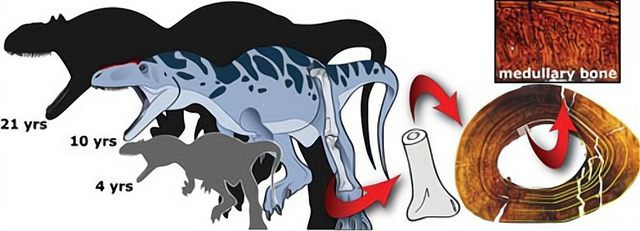I'm sure we're all no strangers to dinosaurs - after all, they were once the dominant force on the planet for a generation, and we usually think of them as an ancient creature that has long since gone extinct, and there are no more dinosaurs alive on modern earth.

However, there is a view that not all dinosaurs are actually extinct, they are still living on the earth and can even be found everywhere around humans. The reason is this: All the birds on modern earth are direct descendants of dinosaurs. Let's find out exactly how this happened.
The first fossil sample was found in 1861 in the solnhofen limestone in southern germany, where it was discovered that the first fossil sample was found in 1861 in the solenhofen limestone in southern germany, where it was discovered that the "Ancestor bird" Had some of the characteristics of birds (e.g. Feathers, wings, forked bones, hind feet with opposite toes) and some of the characteristics of dinosaurs (e.g. Jaws with grooved teeth, dinosaur-like hind limbs, feet with three-toed claws, biconcave spine, long bony tail).
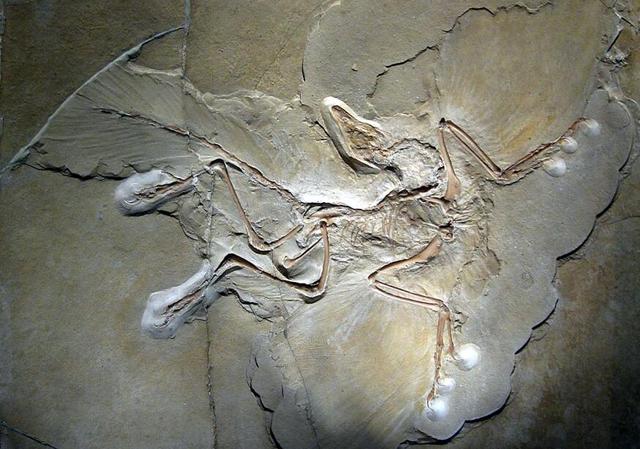
(pictured is a fossil of a primitive bird)
It has been suggested that birds originated from dinosaurs, and that the "Ancestor birds" Were a transitional species between birds and dinosaurs, but as there are very few fossil samples of the "Ancestor birds" And their distribution area is very small, this suggestion is not universally accepted. This was not universally accepted because of the small number of fossil samples and the small area of distribution. Over the next few years, as fossil samples were added, it became clear that birds and dinosaurs had many similar physical characteristics.
For example, dinosaurs and birds share a variety of bones (such as the neck bone, pubic bone, carpal bone, keel, etc.) that are very similar, and some dinosaurs even have the same hollow structure as birds.
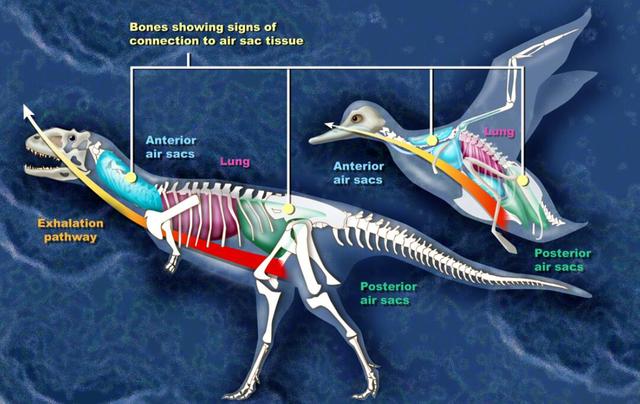
For example, birds have a special type of respiration - "Double respiration" - in which there are many air sacs made of membranes inside their body cavities. The fossil evidence suggests that many fleshy birds were more efficient at breathing. And fossil evidence suggests that many carnivorous dinosaurs also had complex cavities that were very similar to the air sacs of birds.
During egg-laying, for example, female birds create a special calcium-rich layer of bone between the outer bones of their wings and hind limbs and the bone marrow, known as the 'medullary bone', which helps them to create eggshells during egg-laying.
Of all the known animals on modern earth, the 'medullary bone' is unique to birds, and fossil evidence suggests that traces of 'medullary bone' are present in the fossils of tyrannosaurus and allosaurus of the suborder theropoda, as well as in the fossils of tendonosaurus of the suborder lizardopoda, as these dinosaurs since these dinosaurs evolved separately at a very early stage, it can be assumed that dinosaurs commonly produced this particular bone layer.

Nevertheless, the idea that birds originated from dinosaurs is still not universally accepted, because there is still one very important piece of evidence missing between birds and dinosaurs - feathers.
Feathers are a distinctive feature that distinguishes birds from other vertebrates, and for many people, the presence or absence of feathers is the decisive evidence of whether an animal is a bird or not, and this is also true in the paleontological world.
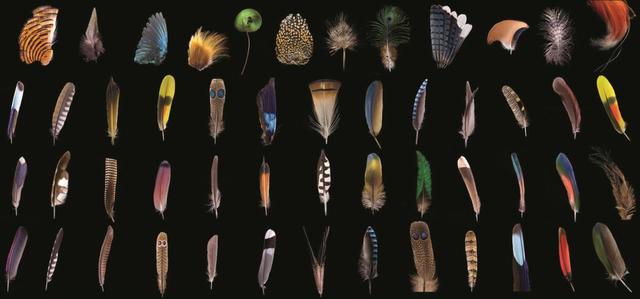
As mentioned above, the fossils of the ancestral bird are quite limited, and it has even been suggested that the so-called 'feather marks' in the ancestral bird fossils are in fact made of collagen fibres. However, the fragile feathers were extremely difficult to preserve during the fossilisation process, so research was slow to progress.
In the mid-1990s, the paleontological community finally saw a major development: Chinese paleontologists opened up a treasure trove of world-class paleontological groups - the jehol biota and the yanliao biota - in northern hebei and western liaoning, china.
A large number of fossils of feathered dinosaurs and early birds have been found here, including species older than the "Ancestor" (such as the "Ancestor") and closer to modern birds than the "Ancestor". These include species that are older than the "Ancestral birds" (e.g. The "First chinese plumed dragon") and closer to modern birds (e.g. The "Chinese dragon bird" And "Confucius bird"), thus providing strong evidence for the origin of birds.
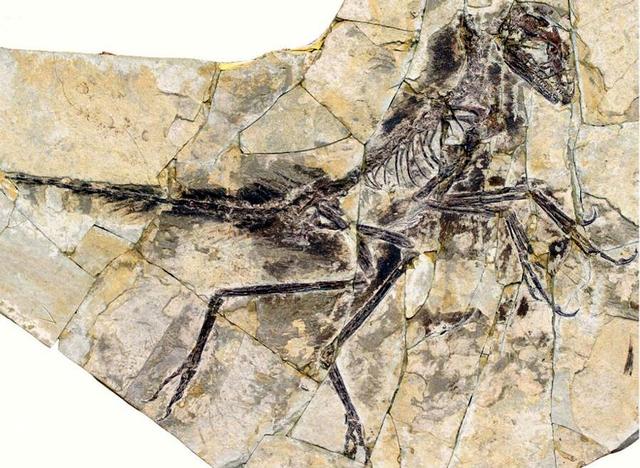
(the fossil of the chinese plumed dragon is shown here)
As research progressed, "Birds originated from dinosaurs" Soon became the dominant view in the paleontological community, and the evolutionary route of birds was finally confirmed from the numerous fossil evidences, which can be simply described as follows: Lizardiformes → lower pleurosauriformes → main pleurosauriformes → bird-necked pleurosauriformes → general dinosauria → lizard-rumped → theropoda suborder → hand-robberosaurs → ornithischians → birds.
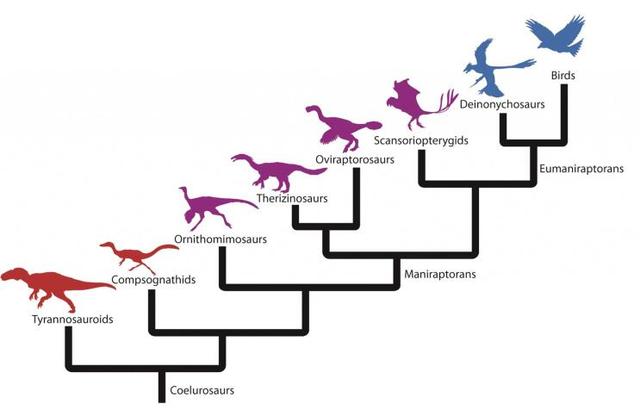
In the 2010s, scientists studied the genetics of birds in depth from a molecular biology perspective, which led to the complete determination of the "Kinship" Between birds and dinosaurs, and identified birds as the "Only dinosaur group" On modern earth. In other words, not all dinosaurs are extinct, and some of them are still living on earth.
Birds can be found everywhere on modern earth, and some (such as chickens, ducks and geese) have even been domesticated and used as a source of meat and eggs. After tens of millions of long years as the dominant generation on earth, dinosaurs have actually been put on the table by the next generation of earth's overlords.


